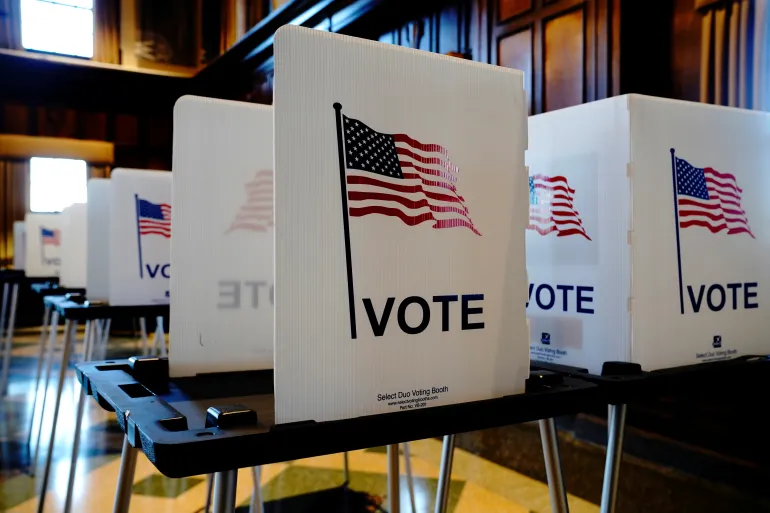Across Latin America, elections usually take place on a Sunday. In India, the process can stretch over several weeks due to the country’s vast expanse. Meanwhile, in the Middle East, Saturday often marks the key voting day.
But in the United States, once every four years, voters head to the polls for the presidential election on the first Tuesday after the first Monday in November.
This year is no exception: millions of Americans will cast their ballots on November 5, choosing between Democratic Vice President Kamala Harris and her Republican opponent, Donald Trump.
While early November elections are a long-standing tradition in the U.S., many might not know why this specific time was chosen.
Historians point to America’s agricultural roots for the answer. But before diving into that, it’s important to understand what the election system looked like before nationwide presidential elections were held on a single date.
Prior to the mid-1800s, individual states set their own election dates, as long as they occurred in the weeks leading up to the Electoral College meeting in December. For instance, in 1844, voting for president took place over a month-long period from early November to early December.
Critics argued that this staggered system was inefficient and could potentially sway the election’s outcome. If a candidate performed well in states that voted early, it might influence the results in states voting later, according to History.com.
To address these concerns, the U.S. Congress passed a law in 1845 establishing a uniform election date for all states. This act designated “the Tuesday next after the first Monday in the month of November” as the official day for electing the president and vice president.
But why was Tuesday in November specifically chosen? The answer lies in the daily lives of 19th-century American farmers.
November was selected because it didn’t clash with the busy spring planting season or the fall harvest, and it came just before the onset of harsh winter weather.
Most Americans at the time were farmers living in rural areas, often miles away from their nearest polling station. Reaching the polls could take a full day of travel.
As for the choice of Tuesday, that came down to a process of elimination. Sunday was reserved for church, while Wednesday was traditionally market day when farmers sold their goods.
This left Monday and Thursday as potential travel days, but they were also ruled out. Thus, Tuesday became the ideal day.
And that’s the story behind “the Tuesday next after the first Monday in the month of November.”













